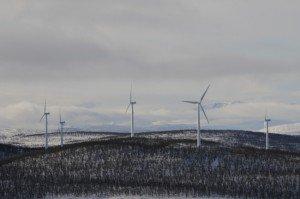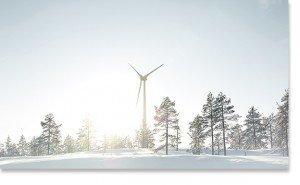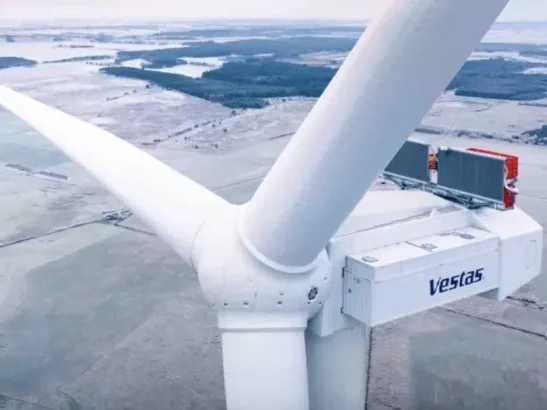Norrbotten (meaning North Bothnia) is a Swedish province that borders Swedish Lapland and Finland to the East. While Sweden’s Russian and Norwegian neighbours favour Arctic oil, Norrbotten is becoming one of Europe’s bigger producers of wind energy.
Data collected by Barents Observer show that wind energy up in the entire Barents region has only contributed a fraction of the total regional power generation. Just 2,43 TWh was produced in 2012. he development in Norrbotten at the Markbygden Wind Farm will take the region to the top of the regional wind power rankings. In 2013 36 wind turbines were erected and the numbers will grow rapidly through 2014 as the Farm moves towards full capacity.
By 202, with all the turbines in place, Norrbotten will stand proud as one of Europe’s biggest producer of green energy. With the wind and hydroelectric power combined, Norrbotten will in 2020 produce up to 30 TWh of green power.
In the middle ages, the area of Norrbotten was sparsely populated by Sami people, living simply on hunting fishing and reindeer herding. From the Middle Ages and forward, the Swedish kings tried hard to colonise and Christianize the area. Today, Finnish and Sami minorities live in Norrbotten and they have kept their culture and language. It was not until 1995, after decades of debate, that Norrbotten was granted a coat of arms and so became recognised as a Swedish Province.
As one might expect, the Province is abundant in wind resource, but also has surprisingly high temperatures in Summer reducing the problems of turbines having to be regularly unfrozen.





